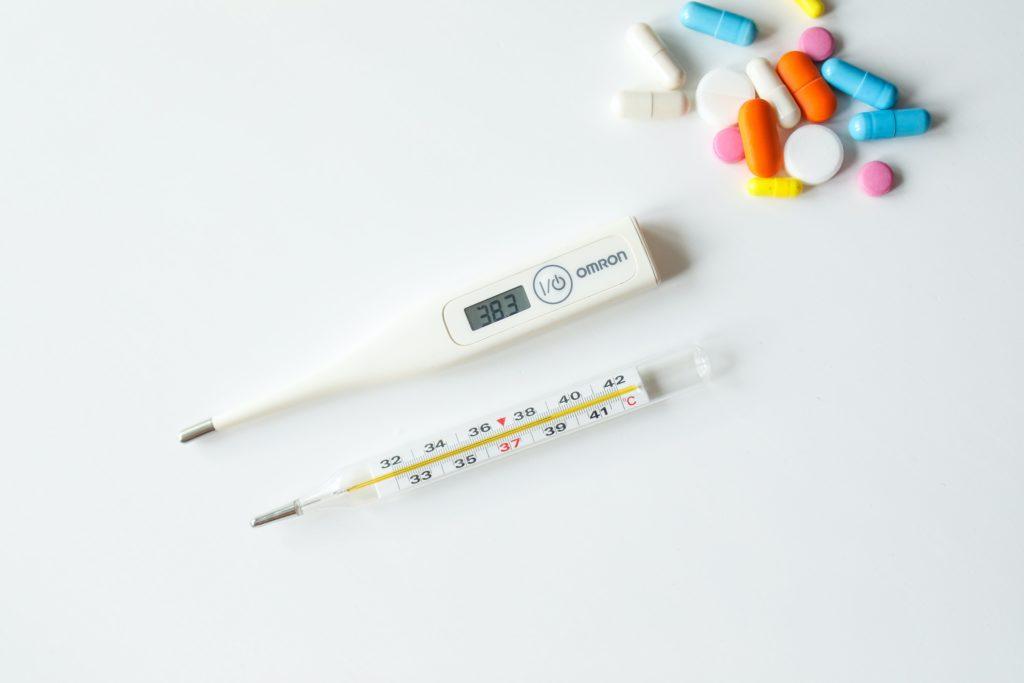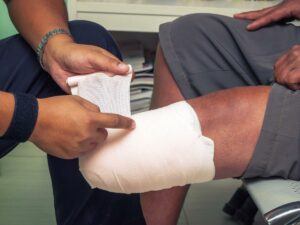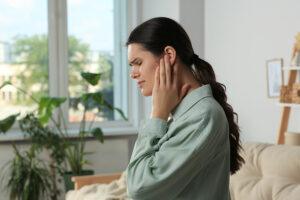Feverish Convulsions (or Febrile Convulsions) is one of the most common issues a paramedic gets called out to relating to young children. This is why we thought it was an important medical issue to share more information about, as we want you to confidently know how to treat seizures in young children to prevent further injury – especially if you’re a parent concerned about child safety.
Babies and young children between the ages of 6 months and 6 years can suffer seizures. These seizures are commonly known as “feverish convulsions” or “febrile convulsions”, and they must be treated and managed in a certain way to guarantee the safety of the young patient.
If someone suddenly entered a seizure in front of you, would you know how to react? Could you help a child who starts convulsing without further harming them? This is why it’s vital you not only read this article for instant tips on how to react to a child in a seizure, but equip yourself with a first aid course in the future. For now, this resource is a great start to building your life-saving knowledge.
What causes a child to start convulsing?
The normal human body temperature is around 36.5ºC to 37ºC. The cause of feverish convulsions is a sudden increase in this baseline body temperature to around 38-39ºC in a very short space of time. For example, the human body can actually handle up to 39ºC gradually, but it’s when a patient hits an internal high temperature really quickly that triggers a fit. Feverish convulsions without any complications don’t cause damage or result in epilepsy.
We appreciate that convulsions are very hard for parents to monitor and manage. They happen so fast and can be physically distressing to watch a child endure, but you must remember they are short-lived and there are practical steps you can take to help, which are outlined below.
What happens when someone suffers a fit?
Essentially, the “lights are on but nobody’s home”. We’ve all seen someone go into a convulsive episode at the movies, or in a TV documentary featuring the emergency department of a popular hospital.The body stiffens. The eyes go somewhere else.
Once a seizure starts, the episode should only last a few minutes. If you are witnessing a fit, these are the signs and symptoms of convulsions you will note in the patient:
- Jerking, twitching or shaking of the body
- Limpness of the body
- Difficulty breathing
- Unconsciousness
How do I help someone suffering a seizure?
You can start by taking a look at our First Aid for seizures guide.
When someone enters a feverish convulsion, they lose the ability to help themselves. But you can help. Ensure they don’t get cold or start shivering, as this means their body’s muscles are working in overdrive to raise their body temperature – we don’t want that to happen. So your job is to carefully cool the patient down without making them too cold.
In summary, the best steps of action you can take are to practice first aid:
- Protect the patient from injury by removing any dangerous objects, but do not forcibly restrain them.
- Move the patient carefully on their side and keep their airway clear while fitting subsides.
- Gently cool the patient by removing some of their clothing, apply cool compresses to their underarms and neck, but don’t allow them to get cold.
- Seek medical aid.
- Cover the patient lightly once the temperature has been reduced.
Note that ambulances often will not transport a patient during a fit, and will wait safely until the episode passes. If you contact a doctor, they may recommend giving the patient medicine, such as paracetamol, to reduce a persistent fever, but if you’re treating a young child or infant ensure you get relevant advice for their age.
In the case of most first aid or frontline emergency situations, you should remain calmly by the side of the patient, especially if they are a child, and reassure them everything will be OK while you wait for help to arrive. Convulsions of any nature can be disorienting, so simply being right there to explain what has happened can help with a swift recovery.
Please be aware this article is not a replacement for official first aid or medical advice, but simply information and best practice on this kind of injury. You should always call a medical professional for advice if you are unsure or in a serious situation.






